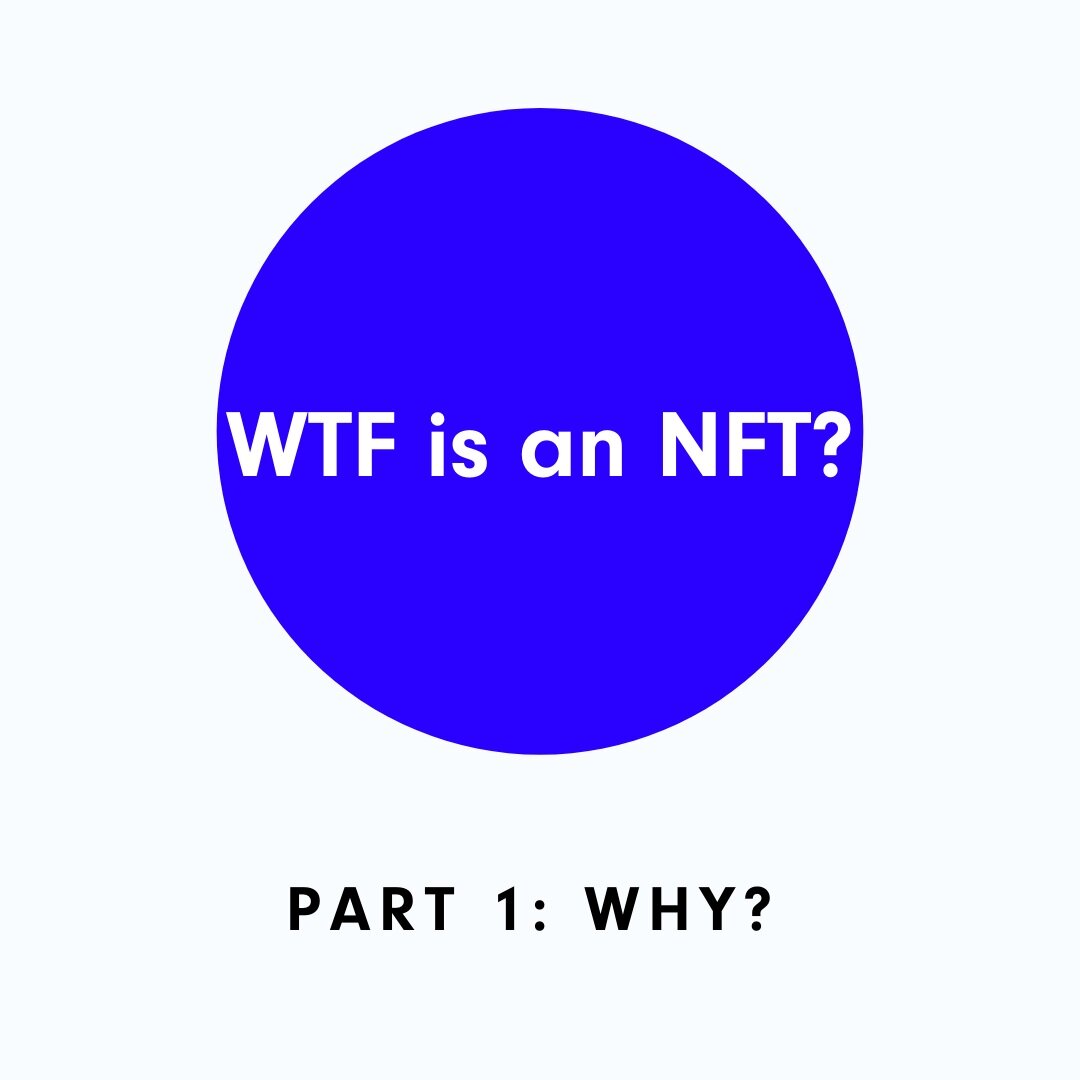WTF is an NFT?
Why this project, and why now?
Sales of digital art via NFTs are exploding right now, and it's simultaneously a new model for the art world--raising questions about the environment, our relationship to gatekeepers, resale rights and more, and new terrain in the area of money itself.
This feels like rich territory to explore and to shed light on the issues to the Sunlight Tax Community. Also it’s complicated and confusing, and we can help.
Who’s involved?
Hannah Cole: artist, tax expert/educator and Founder of Sunlight Tax.
Aubrey Holland: programmer, woodworker, wearer of dad-hats, Hannah's partner.
You: Your questions will shape this project, and you might get to own one of the NFTs we create.
Some basic info: What is an NFT?
It’s a non-fungible token, which means that as opposed to being interchangeable with any similar token (like a dollar bill) these are unique in the world. That sounds confusing, but I’ll argue that the Mona Lisa is a non-fungible token.
There is exactly one real Mona Lisa and it is owned by the Louvre, but I can put a print of it on my wall and receive many of the same benefits as the owner minus the crucial ability to sell it and the pride (and rights) of ownership.
Here's where you come in. We're building and selling an NFT series to learn about how they work. Your questions will shape this project.
So tell us: what do you want to know about NFTs?
Part 2: NFTs and the Environment
NFTs in the art world operate on blockchains (secure, digital records of transactions that are decentralized, unchangeable and virtually unhackable), primarily one called Ethereum.
Ethereum is a decentralized currency that exists online. Through a process called mining, computers maintain the currency by solving increasingly complex problems and are rewarded with bits of the currency. The computations required to solve these problems consume a vast amount of energy.
Ethereum alone is currently producing as much carbon as Lebanon, and a single transaction requires enough energy to power the average US household for three days (and Bitcoin is much worse). There is reasonable debate about how much NFTs specifically contribute to this, but it’s bad news regardless.
Fortunately, there are other types of blockchains that use dramatically less energy. Tezos is a proof of stake chain that uses less energy than Ethereum by a factor of two million and supports NFTs. Transactions on Tezos can be compared with swiping your credit card or writing a tweet from a carbon standpoint.
Minting NFTs on Tezos is also much cheaper, costing around $0.25, compared with up to $100 on Ethereum, so getting started with it is much more accessible. And Tezos is just one example, there are many other blockchains that support NFTs, and they are growing.
On the other hand, the art marketplace on these alternative chains is just getting started. Tezos has a platform called hic et nunc, and NFT Showroom also looks promising, but neither is all that approachable or easy to use. We’ll be looking at marketplaces and how to use them in our next post in the series. What questions do you have about NFTs and energy consumption? About the alternatives? About what it will take to get the art world operating on sustainable blockchain platforms?
Thanks to Aubrey Holland for major writing and research of this post.


